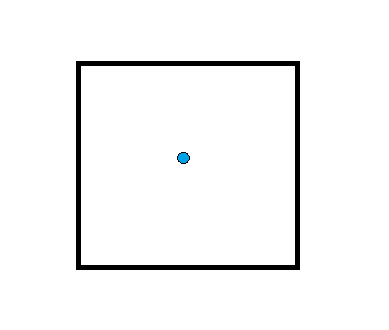Square Wire Escape Velocity

A point-particle of mass is initially at the center of a square wire with mass and side length . The square wire is fixed in place, and the point-particle can move.
Suppose the particle starts with an initial velocity which is normal to the plane of the wire. If the only force at play is the mutual gravitation between the wire and the particle, the minimum initial speed required for the particle to move an infinite distance from the plane of the wire is:
If are positive integers, determine .
Details and Assumptions:
-
denotes the natural logarithm.
-
is the universal gravitational constant.
- The square wire has uniform mass density as a function of length
The answer is 5.
This section requires Javascript.
You are seeing this because something didn't load right. We suggest you, (a) try
refreshing the page, (b) enabling javascript if it is disabled on your browser and,
finally, (c)
loading the
non-javascript version of this page
. We're sorry about the hassle.

